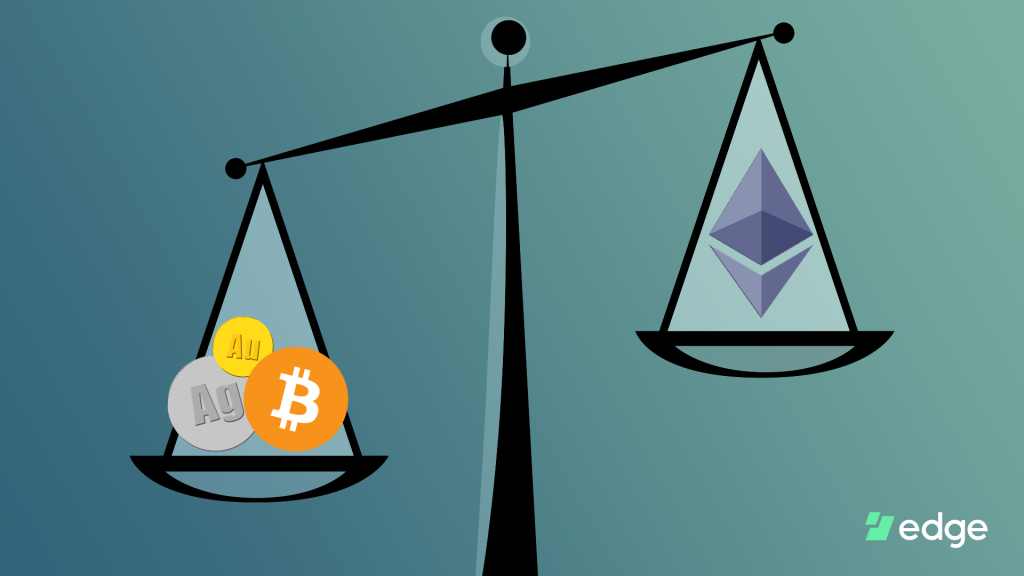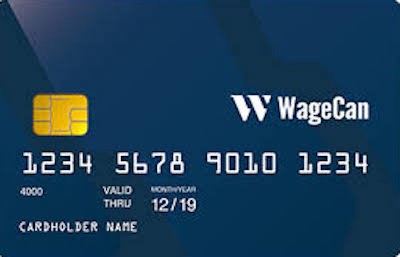Dogecoin Genesis

Dogecoin is one of the oldest cryptocurrencies, being used by cryptocurrency enthusiasts all over the world for over six years. Dogecoin was a part of a mini alt-coin boom that […]
Is ETH Sound Money?

The concept of sound money has been around for millennia, but our current understanding of sound money gained prominence as a more refined concept early in the 19th century amongst […]
WageCan teams up with Edge

Edge(formerly Airbitz) is proud to announce a partnership with WageCan, a company based out of Asia that aims to bridge the gap between blockchain assets and their use in everyday […]
Airbitz is now Edge!

http://edgesecure.co/ Airbitz has always set itself apart from other bitcoin wallets by focusing on client side security that is not only incredibly private, but also familiar and accessible. We have […]
Crypto Is Currency

Much of the cryptocurrency hype has much to do with the exciting price moves that oscillate wildly up and down and back up again that will make most people’s heads […]
Bitcoin, Taxes, and Airbitz

**Reminder: This is a Federal Reserve Note; its not money but a debt** To start off this post we would like to remind people we are not accountants, financial advisors, lawyers, […]
How to Maximize Airbitz Edge Security

We at Airbitz are proud to offer the most secure, easy to use bitcoin wallet in the industry. Below are a list of steps you can take as a user […]
How do I get my Bitcoin Cash from Airbitz?

*Not an actual bitcoin wallet Below are a list of steps for extracting your Bitcoin Cash (BCH) funds from Airbitz wallets. These have been tested and worked for our staff. Please […]
Why a 12 Word Mnemonic is an Insecure Bitcoin Wallet Backup
Rewind back to 2010 and the way Bitcoin wallets worked. Users had a wallet.dat file on their computer with their private keys on it. They could optionally add a password […]
Introducing TrumpWallet
With the recent release of our SDK, many highly successful people and businesses have been eager to partner with us, including none other than Mr. Donald J. Trump himself. We […]